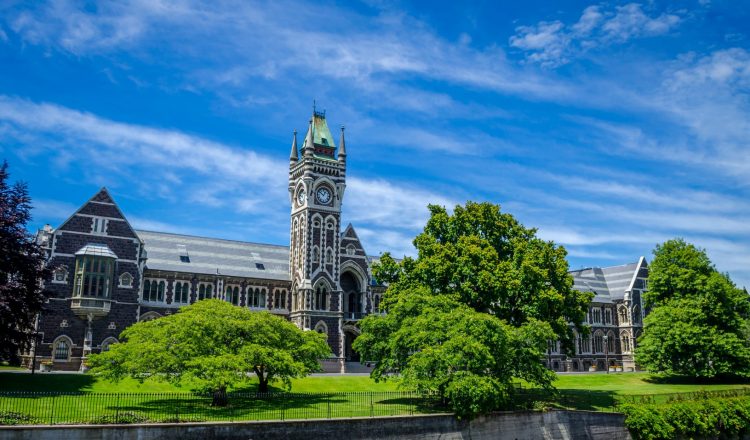Understanding the National Certificates of Educational Achievement (NCEA)
New Zealand’s National Certificates of Educational Achievement (NCEA) are national qualifications for senior secondary school students.
NCEA challenges students of all abilities in all learning areas and shows credits and grades for separate skills and knowledge. It enables students to gain credits from both traditional school curriculum areas and alternative programmes.
NCEA and other national certificates are recognised by employers and used as the benchmark for selection by universities and polytechnics. NCEA is also readily accepted overseas, including by universities.
How NCEA works:
- Each year, students study a number of courses or subjects.
- In each subject, skills and knowledge are assessed against a number of ‘standards’. For example, a Mathematics standard could be: Apply numeric reasoning in solving problems.
- Schools use a range of internal and external assessments to measure how well students meet these standards.
- When a student achieves a standard, they gain a number of credits. Students must achieve a certain number of credits to gain an NCEA certificate.
- There are three levels of NCEA certificate, depending on the difficulty of the standards achieved. In general, students work through levels 1 to 3 in years 11 to 13 at school.
- Students are recognised for high achievement at each level by gaining NCEA with Merit or NCEA with Excellence. High achievement in a course is also recognised
What are Standards?
Standards sit at a specified level on the Directory of Assessment Standards (DAS). Each standard describes what a student needs to know or what they must be able to achieve, in order to meet the standard. Having met it, they will gain credits towards national qualifications. Students can achieve two types of standard – unit standards and achievement standards.
- Unit standards are competency based
- Achievement standards are New Zealand curriculum based
Some standards are internally assessed by teachers during the year. Other standards are assessed externally by NZQA at the end of the year e.g. in an exam or by a portfolio of work.
Internal assessments are used to assess skills and knowledge that cannot be tested in an exam, e.g. speeches, research projects and performances.
Most external assessments are by examination at the end of the year. For some subjects, e.g. Technology or Visual Arts, students submit a portfolio of their work at the end of year.
What are the levels of NCEA
There are three levels of NCEA certificate, depending on the difficulty of the standards achieved. At each level, students must achieve a certain number of credits to gain an NCEA certificate. Credits can be gained over more than one year.
Credits gained at one level can be used for (or count towards) more than one certificate. They may also be used towards other qualifications. For example, unit standards in the domain ‘Generic Computing’ might be used towards a Level 2 NCEA certificate, as well as towards a National Certificate in Computing (Level 2); or 20 credits gained at Level 1 can also count towards a Level 2 NCEA certificate.
Many schools allow students to study a mix of standards at different levels, depending on their ability. For example, in year 12, a student may study most subjects at level 2, but add a new subject at level 1 and another advanced subject at level 3. In addition, students may study multi-level courses with standards assessed at more than one level, e.g. an English course at year 11 may contain both level 1 and level 2 standards.
What are Endorsements?
When students perform consistently above the ‘Achieved’ level, their result(s) can be ‘endorsed’ to reflect that high achievement. This can occur at either the Certificate or individual course level.

















































